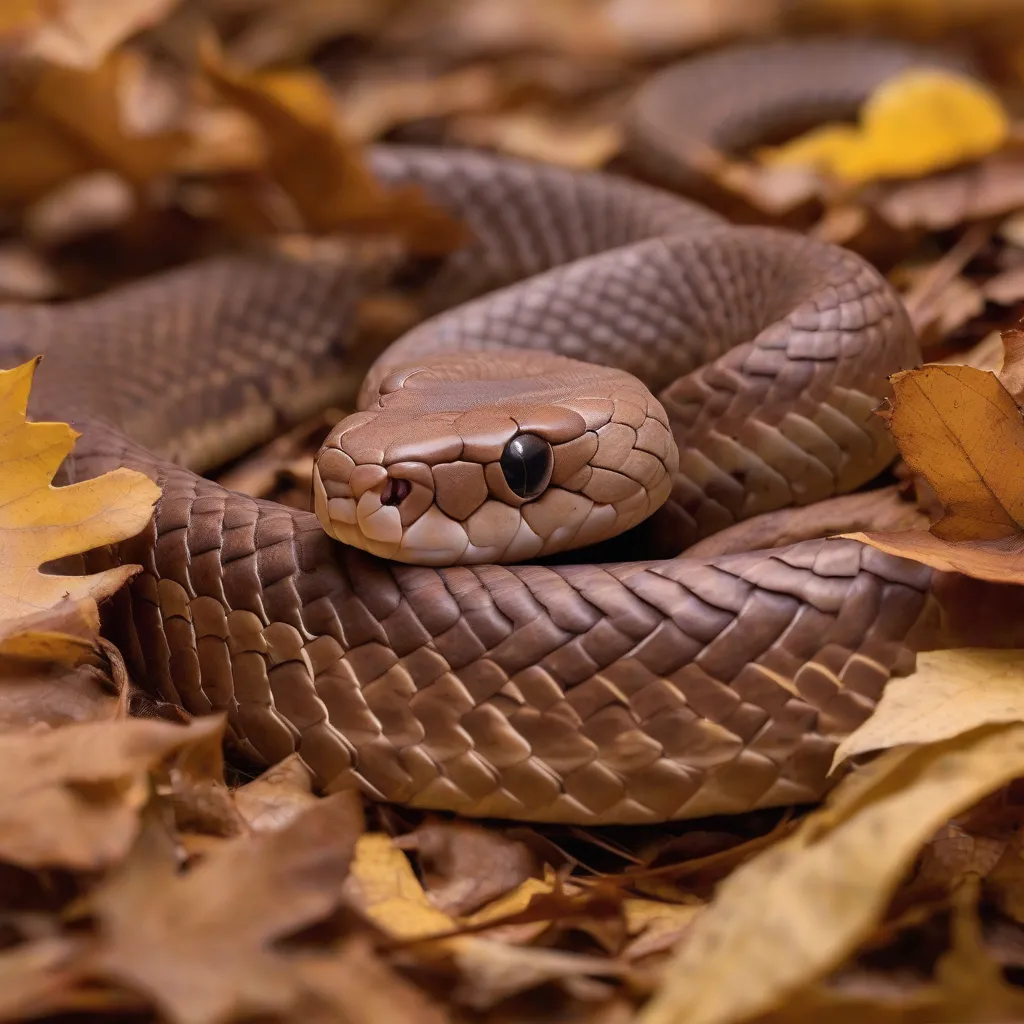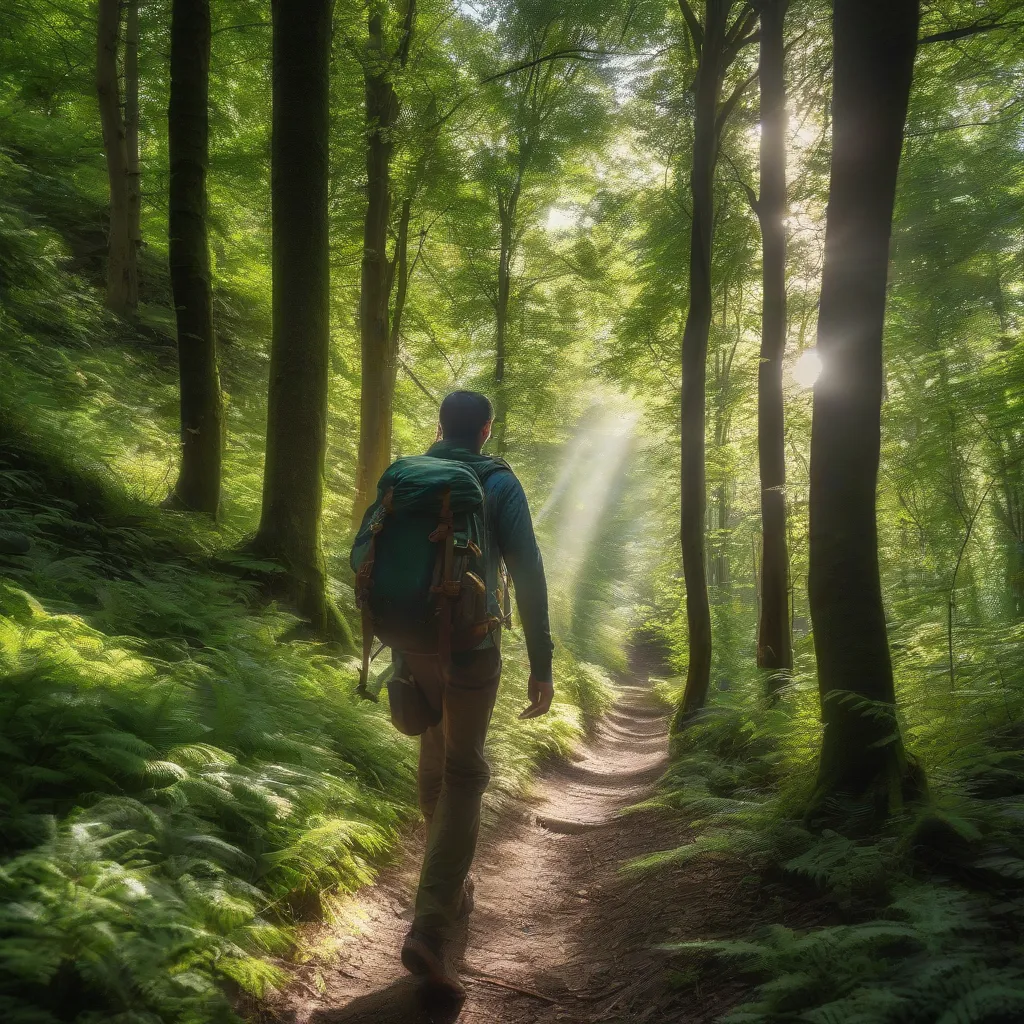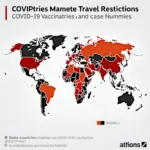Have you ever heard the old wives’ tale about copperheads always traveling in pairs? It’s a common myth, often whispered around campfires and on hiking trails, that spotting one copperhead means another is lurking nearby. But is there any truth to it? Let’s delve into the world of these venomous snakes and separate fact from fiction.
Understanding Copperhead Behavior
Solitary Creatures: Copperheads (Agkistrodon contortrix), like many snake species, are generally solitary animals. They only seek out each other during mating season, which typically occurs in spring or fall depending on the region. Outside of this period, copperheads prefer to go it alone.
Ambush Predators: These snakes are masters of camouflage, blending seamlessly into their surroundings – leaf litter, rocky outcrops, even your backyard woodpile! They are ambush predators, patiently waiting for unsuspecting prey like rodents, amphibians, and small birds to wander by.
Defensive Tactics: A copperhead’s first line of defense is not aggression but stealth. They rely on their camouflage to avoid detection. If threatened, they may vibrate their tails rapidly against the ground, creating a dry, rattling sound as a warning. Biting is a last resort, usually employed when they feel trapped or are stepped on.
Debunking the Myth
So, why the persistent belief about copperheads traveling in pairs?
Proximity during Mating Season: As mentioned earlier, copperheads do come together to mate. It’s possible that sightings of multiple snakes during this time contributed to the myth.
Mistaken Identity: People often misidentify harmless snakes like Northern Watersnakes or Eastern Milksnakes as copperheads, further fueling the misconception.
Human Perception: Our brains tend to remember unusual occurrences. Seeing two snakes in close proximity would be memorable, leading to an exaggerated perception of frequency.
Traveling Safely in Copperhead Country
Be Aware of Your Surroundings: When hiking or exploring areas where copperheads might reside, stay alert. Watch where you step, especially in tall grass or piles of leaves.
Wear Protective Gear: Sturdy hiking boots and long pants can offer an extra layer of protection.
Leave Snakes Alone: Remember, copperheads are more afraid of you than you are of them. If you encounter one, give it a wide berth and allow it to move on its own.
 Copperhead Camouflaged in Leaves
Copperhead Camouflaged in Leaves
What To Do If Bitten
Copperhead venom is dangerous, but fatalities are rare. If you are bitten:
- Stay Calm: Panic can increase heart rate and spread venom more quickly.
- Seek Immediate Medical Attention: Call 911 or get to the nearest hospital as soon as possible.
- Remove Constrictive Clothing or Jewelry: Swelling can occur rapidly, so it’s essential to remove anything that might restrict blood flow.
Travel Planning Tips from travelcar.edu.vn
Remember, knowledge is your best defense against any potential danger while traveling. Before you embark on your next adventure, consider consulting TRAVELCAR.edu.vn for valuable travel tips and resources. Our website offers a wealth of information to help you plan a safe and enjoyable trip.
For example, did you know:
- Exploring the scenic hiking trails of Shenandoah National Park in Virginia requires awareness of copperhead habitat, especially during warmer months.
- Planning a camping trip near the Great Smoky Mountains? Our website provides valuable tips on how to avoid snake encounters and what to do if you encounter one.
 Hiker on Trail
Hiker on Trail
Conclusion
The myth of copperheads traveling in pairs is just that – a myth. While these snakes are venomous and require our respect, understanding their behavior and taking necessary precautions can help ensure a safe and enjoyable experience in the great outdoors.
Do you have any interesting wildlife encounters from your travels? Share your stories in the comments below!

